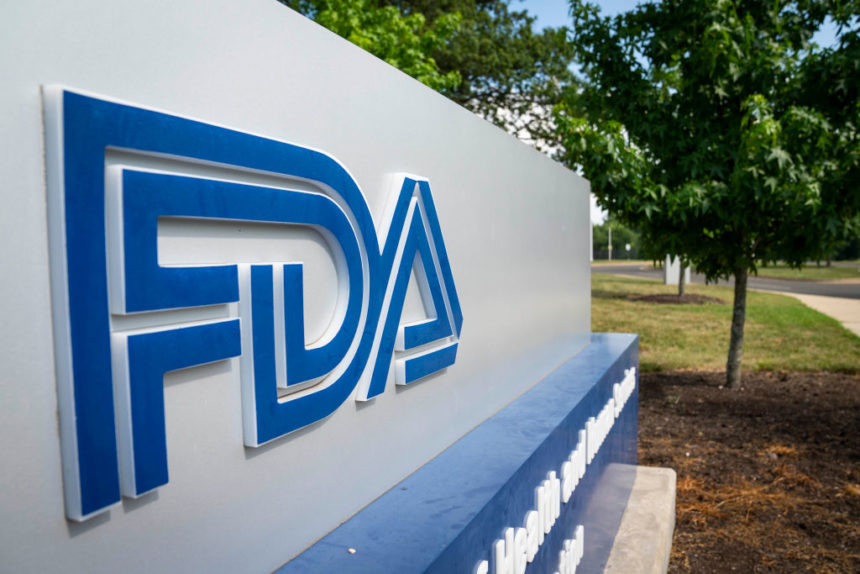Stop us if you’ve heard this before: The Food and Drug Administration is nowhere near catching up on its drug inspection backlog, according to a new U.S. Government Accountability Office (GAO) report.
Since the pandemic started, the agency has postponed some 8,000 drug inspections at home and abroad. Last July, acting FDA commissioner Dr. Janet Woodcock announced that the agency would begin transitioning back to normal operations for domestic inspections. But the latest report found that little progress has been made abroad.
After the pandemic hit in 2020, the FDA conducted a mere three overseas inspections between March and October. From October 2020 to April 2021, the agency completed 18 foreign inspections deemed “high priority” in China, with most others postponed due to COVID-19 travel restrictions.
To put the numbers into context, the FDA conducted more than 600 foreign inspections during those same time spans prior to the pandemic.
“The main takeaway is the pandemic has postponed almost all foreign inspections for 2020 and now 2021 because we’re a year further into the pandemic,” said Mary Denigan-Macauley, director of health care at the GAO. “Unfortunately, we’re not certain where that’s going to go moving forward.”
The report’s conclusions aren’t going to take anyone by surprise; the GAO released a report last year which identified the extent of the pandemic backlog. But the FDA’s challenges around drug inspections predated the pandemic, and has been on the GAO’s High Risk List for some time.
Earlier this month, the FDA announced that it planned to resume domestic surveillance inspections in February. It noted in a news release that “planning for additional foreign surveillance inspections is ongoing, with an anticipated goal of conducting foreign prioritized inspections starting in April.”
“We had recommended they’d need to take into consideration how they’re going to manage that backlog given the challenges they have doing the regular inspections,” Denigan-Macauley said. “They originally hoped they would begin inspections in February. However, with Omicron and the rise of infection cases not only here in the U.S. but around the world, they had to postpone that.”
Much of the foreign drug manufacturing for the U.S. market occurs in China and India, though other sites are based in Western Europe and Canada. Both China and India count more than 350 drug manufacturing facilities needing FDA inspection.
The continued backlog in foreign inspections could obviously have dire implications for safety.
“It raises questions about how safe your drug is and how effective it is,” Denigan-Macauley explained. “[The FDA is] not using all the tools in their toolkit, particularly the ones they consider to be the most important to ensure that safety and effectiveness.”
The GAO report offered three main recommendations. The first is a profound need to maintain a robust workforce devoted to foreign inspections. Per the report, eight of the 20 drug investigator positions for foreign inspections remained vacant, while five of 15 positions in the agency’s China and India offices were not filled.
“If you can’t maintain a workforce to do the bare minimum of those inspections, that’s problematic,” Denigan-Macauley said.
Secondly, the FDA needs to design a pilot program around unannounced foreign inspections. Currently, many foreign inspections are pre-announced – which could potentially give a manufacturing facility months to hide potential violations.
The GAO also suggested that the FDA could create more effective protocols for translation services during foreign site visits.
Denigan-Macauley expects these issues to persist as the COVID-19 pandemic lingers, and likely beyond.
“The FDA needs to think about what inspections will look like in the future,” she explained. “It’s not only important for the safety and effectiveness of the drugs – the companies that are subject to these regulations are also asking for assistance from the FDA. They don’t want to be sitting stagnant on something they’re manufacturing.”
Denigan-Macauley stressed that the issue is one that affects all Americans.
“Most of us take medicine and it would not be surprising if that medicine was manufactured overseas,” she continued. “We’ll keep tracking it to ensure the FDA is doing the best job they can to help keep our medicines safe and effective.”







